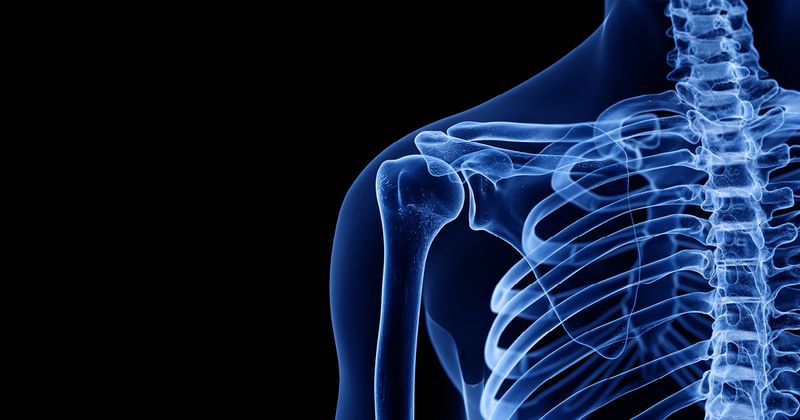Shoulder arthroplasty utilization increased, outcomes improved from 2007 to 2021
Key takeaways:
- Reverse total shoulder arthroplasty increased dramatically in the 15-year study period.
- Clinical and radiographic outcomes improved for anatomic and reverse total shoulder arthroplasty since 2012.
Results showed rapid adoption of new anatomic and reverse total shoulder arthroplasty technologies and improvement in clinical and radiographic outcomes occurred in a 15-year period with a single shoulder arthroplasty prosthesis.
“The observation that primary [anatomic TSA] and primary [reverse TSA] outcomes with this particular platform shoulder prosthesis are generally improving over the 15-year study is encouraging, especially considering the rapid adoption of new technologies that have occurred over the study period across the six clinical sites,” the authors wrote.

Increase in TSA utilization
Researchers compared changes in utilization and outcomes of primary anatomic TSA and primary reverse TSA across three, 5-year cohorts based upon the date of implantation of a single shoulder arthroplasty prosthesis (Equinoxe, Exactech Inc.) across six clinical sites that continuously enrolled cases from 2007 to 2021. Researchers conducted a value analysis across the 5-year implantation cohorts, with value measured by the ratio of each postoperative outcome measure at 24 to 36 months and 36 to 60 months after surgery and the average implant selling price each year for the U.S. sites in constant 2007 U.S. dollars. Researchers compared these measures of value between cohorts to quantify the impact of new technology introduced in the study period.
During the 15-year study period, results showed a dramatic increase in reverse TSA across the six sites, as well as rapid adoption of new anatomic TSA and reverse TSA technologies. Researchers found significant shifts in diagnosis, comorbidities and preoperative functional status among the average patient receiving primary anatomic TSA and primary reverse TSA. Researchers noted clinical and radiographic outcomes improved since 2012 in both anatomic TSA and reverse TSA relative to 2007 to 2011.
Value associated with TSA
The average anatomic TSA implant selling price remained relatively stable during the 15-year study period, while the average reverse TSA implant selling price significantly declined, according to results. Researchers found the value associated with the Equinoxe reverse TSA significantly increased for nearly every outcome measure at 24 to 36 months and 36 to 60 months postoperatively, while value associated with the Equinoxe anatomic TSA stayed relatively constant from 2007 to 2021.
“Exactech is committed to innovation and new product development, but equally committed to conducting high-quality, multicenter clinical research, as evidenced by this long-term clinical study,” Christopher P. Roche, MSE, MBA, senior vice president of extremities at Exactech, said in a company press release. “The intended benefits of new product development can only be demonstrated with clinical follow-up and rigorous statistical analysis. We are proud of the clinical evidence documented in this study and of the long-term collaboration we have had with so many skilled orthopedic surgeons, as well as the study coordinators, who manage each clinical site. We thank each for their tireless effort diligently following Equinoxe patients and documenting their outcomes. This clinical evidence will guide future product development efforts, facilitating continuous improvement of our shoulder products and help us to create value in new areas of clinical need.”
References:
New published study: Innovative products create value for shoulder arthroplasty patients. https://www.exac.com/new-study-published-innovative-products-create-value-for-shoulder-arthroplasty-patients/. Published Jan. 31, 2023. Accessed April 10, 2023.
Roche CP, et al. J Shoulder Elbow Surg. 2023;doi:10.1016/j.jse.2022.12.018.

